I’m feeling pretty low at the moment, but visiting a former concentration camp can do that to you and today I spent some time at Kamp Vught.
Visiting somewhere like Kamp Vught has never been high on my to-do list and, up until a few hours ago, I never even knew the Nazis had any concentration camps in the Netherlands. My learning process began when I was looking at Google Maps. I wanted to go somewhere interesting, but had no particular destination in mind, so I chose a few places I’d never been to and entered the names into the search engine. I saw a few pictures of Vught and thought it looked like a nice town. Then I Googled “things to do in Vught”. Trip Advisor took the top spot on the search results page and the site has awarded Kamp Vught a certificate of excellence. I read a few reviews, looked at some pictures, and thought it would be an interesting place to go.
Call me naive, but in all honesty, I thought it would probably be just a few old buildings surrounded by a barbed wire fence and watchtowers, with a few wartime artifacts on display. This Dutch concentration camp has all those things but there is also much more.
Most of the time I am pretty good at bypassing my emotions. In this case, it was impossible and by the time I walked out of the museum I was feeling quite depressed. But at least I was able to walk out. During the Second World War, 31,000 people passed through the gates of Kamp Vught and more than 700 of them never walked back out. That may not sound like a lot, but the camp was only intended to be a holding place, not an extermination camp. You also need to bear in mind the prisoners who did leave the camp usually only did so because they were being transported to a facility that was more suitably equipped for ensuring their quick demise.
Although Kamp Vught was only a transit camp the combination of poor hygiene and harsh conditions proved to be too much for many people and at least 421 people (including women and children) lost their lives. A further 329 men were executed by firing squad.
When I first entered the museum I began my tour by looking at some of the artifacts on display including eating utensils, clothing, and a couple of suitcases. There were also some small monitors embedded into some of the walls, and visitors who press the button below any of these can watch short videos made by a few Kamp Vught survivors. If you don’t speak Dutch, though, you may as well give this a miss.
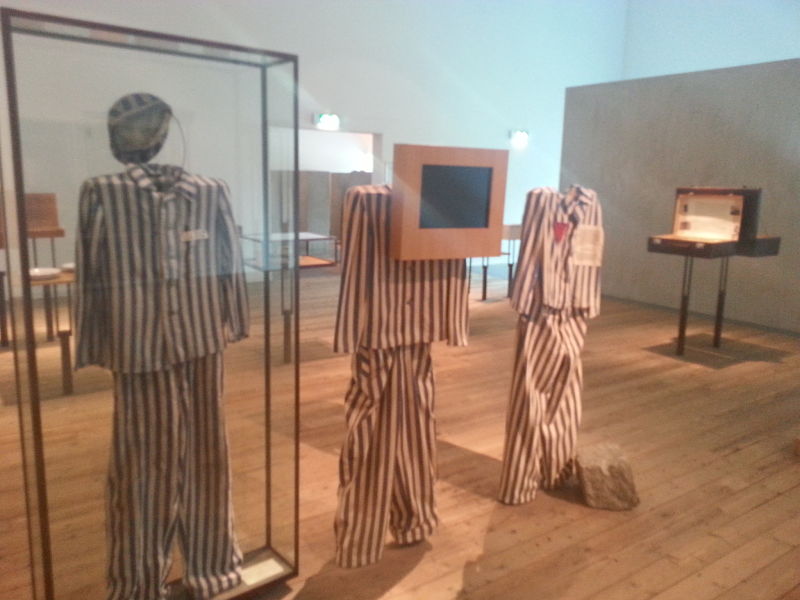
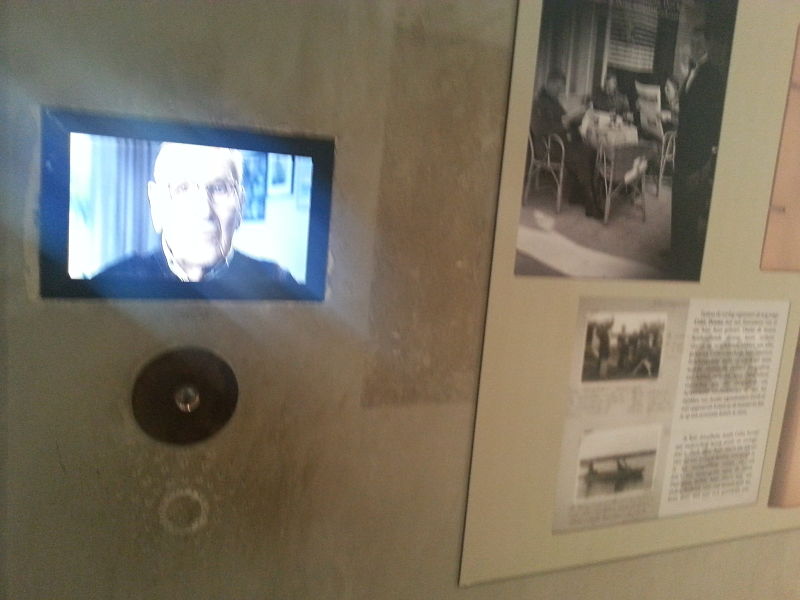
Actually, this may be a good time to point out the museum is more geared towards visitors from the Netherlands. Many written documents on display are written in Dutch and a translation is not always available. However, when visitors arrive at the museum they receive a leaflet that contains some of the most important information about the camp and an English language version is available.
Although I was aware I was in a place where great injustices had been committed, up until this point I felt no different than I would in any other museum. When I walked through the glass doors that lead outside I glanced at the two fences and the stretch of water between them. Then looked at the watchtowers and realised escape from a place like this would have been pretty much impossible, but I still felt pretty okay. Things started to change when I entered Barrack 13 B. There are several smaller room inside the Barrack and two larger ones. The first one has a stove and some wooden tables and chairs, so this would have probably been where the prisoners spent a lot of their time.
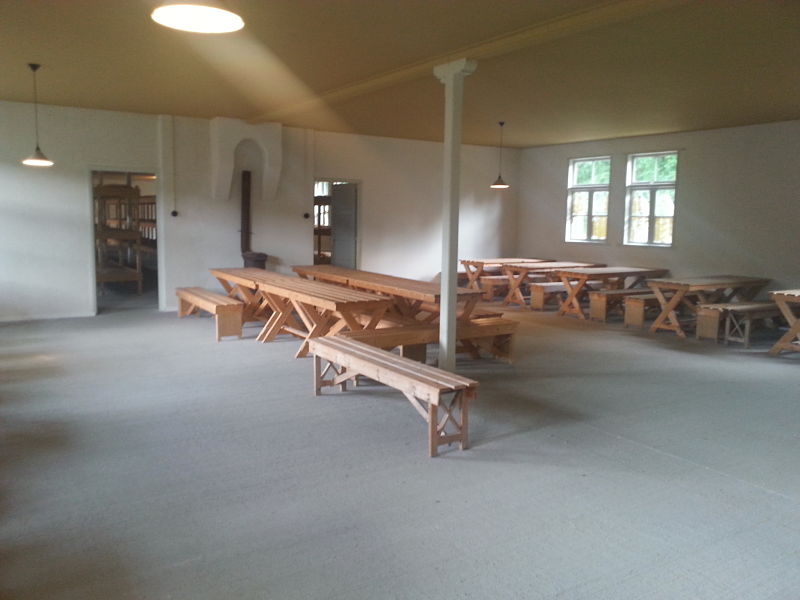
The next room is a dormitory with enough beds to sleep more than 200 people. The prisoners would have been sandwiched in there like sardines and the mattresses would not have been comfortable.
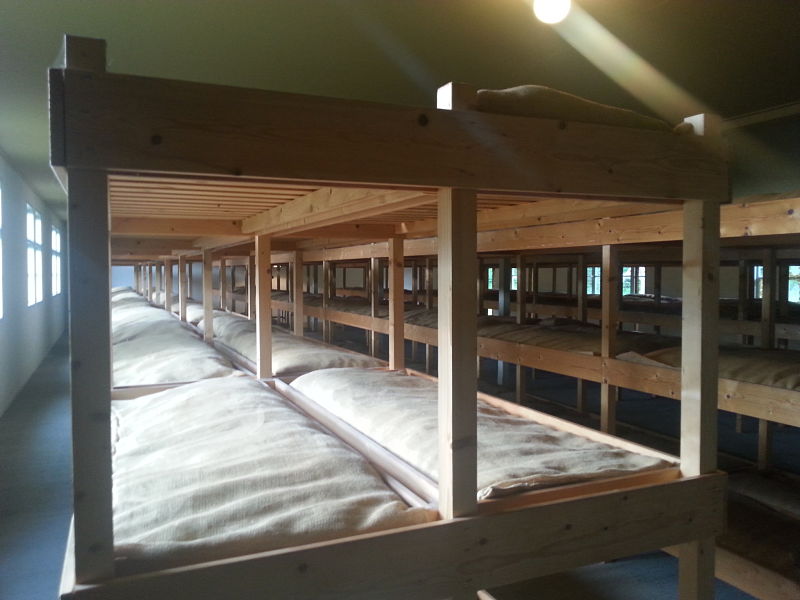
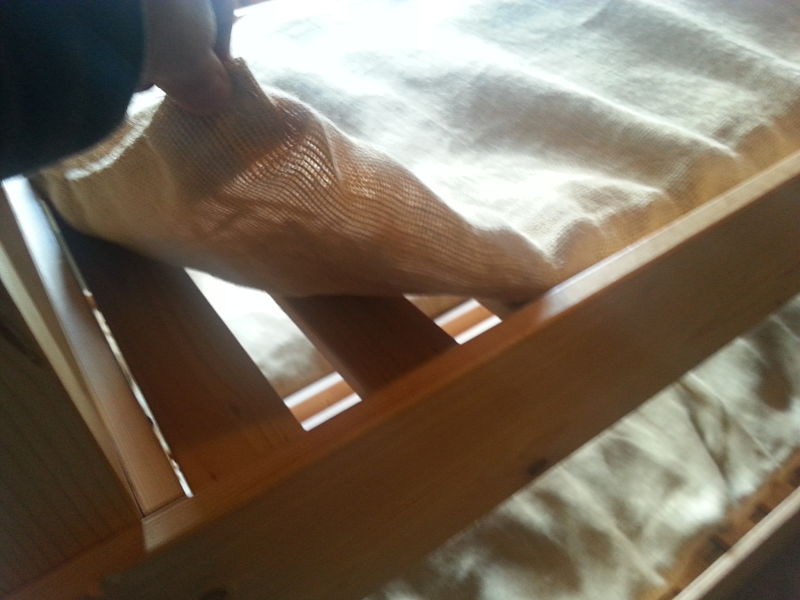
The washing facilities at the concentration camp were also very poor. Each prisoner was only allowed to shower once ever 10 days. The rest of the time they had to make do with the trough-like washing facilities shown in the picture below. There was no hot water. That may have been okay in the summer, but the Netherlands gets very cold in the winter.
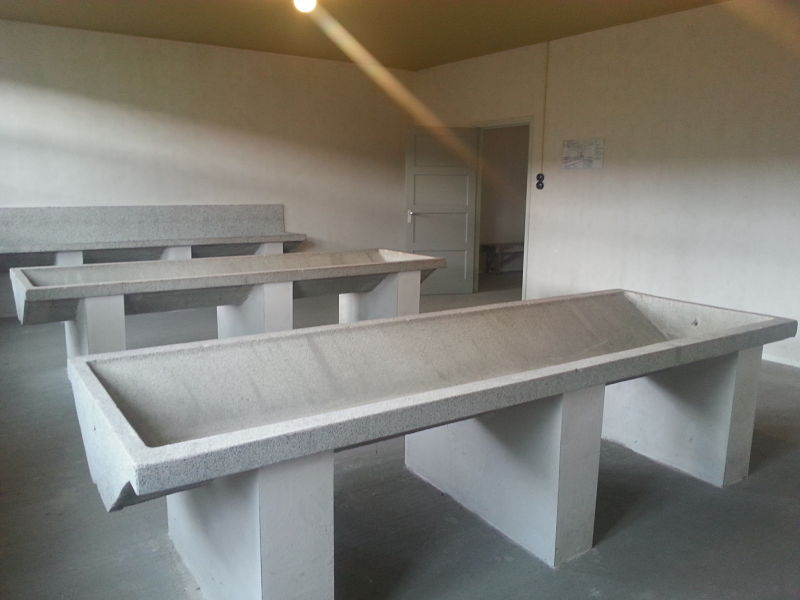
After I left the barrack I saw a building with a very tall chimney and guessed it must be the Kamp Vught crematorium. I was right. The building has several furnaces, a barrow that appears to have been constructed specially for transporting corpses, and some scoop-like devices for shoveling the dead into the flames. The Kamp Vught crematorium is one of the nastiest places I have been in my life and I hope I never go anywhere like it again.
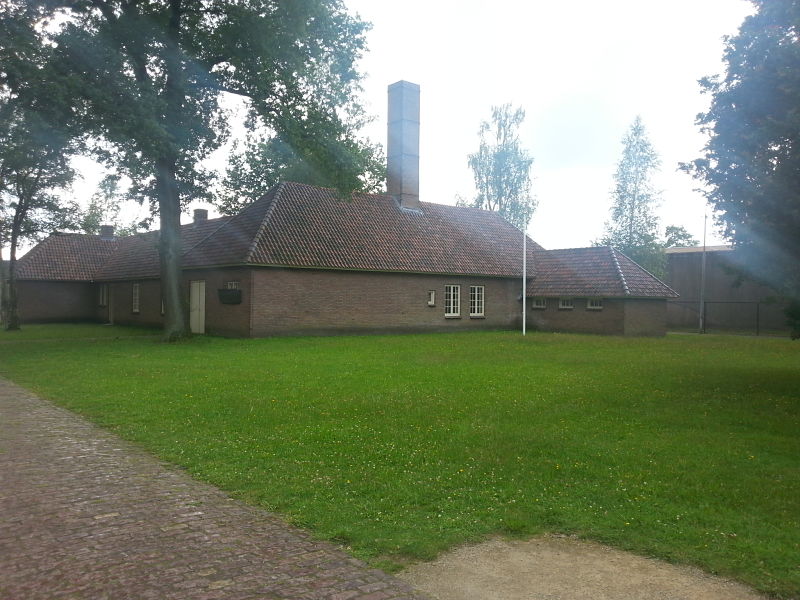

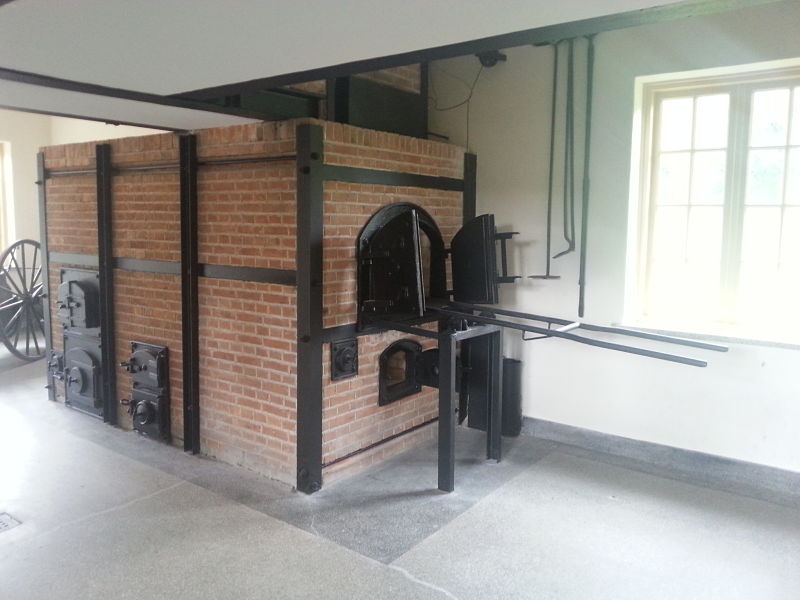
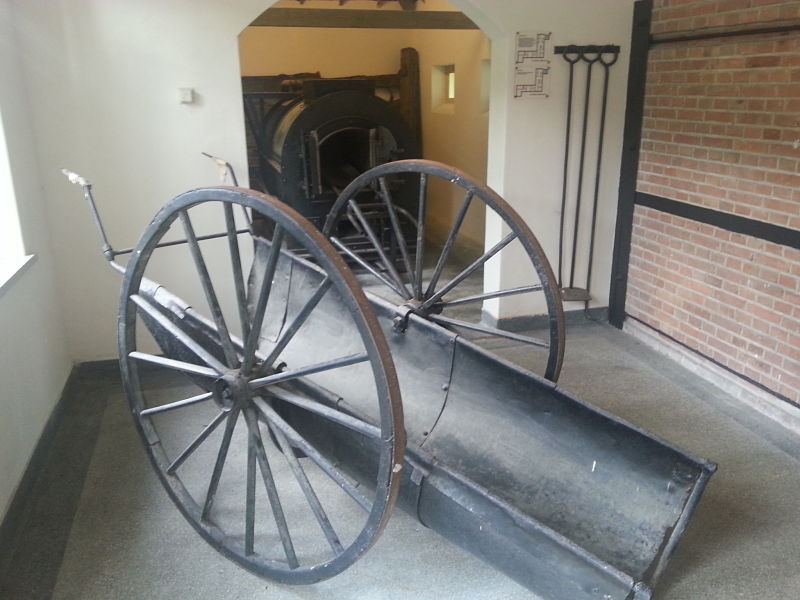
Visiting a place like Kamp Vught is not a fun day out, but I know many people find this kind of thing interesting, so I will provide some information below.
How to Get to Kamp Vught
Kamp Vught is not far from ‘s-Hertogenbosch (Den Bosch). In fact, anyone who arrives at Den Bosch station could probably walk to the camp in just under an hour or cycle the 5km distance in 15-20 minutes. Alternatively it is possible to take a train to Vught and then walk the rest of the way or catch a bus (not on Sundays). You can get some pointers by visiting this page on Google Maps. Alternatively, if you are travelling by car, just enter the post code into your sat nav or smart phone: 5263 NT.
Opening Hours
Monday – Friday: 10.00 – 17.00 (April – September)
Tuesday – Friday: 10.00 – 17.00 (October – March)
Weekends and Public Holidays: 12.00 – 17.00
– – – – –
– – –
– – –
– – – – –
